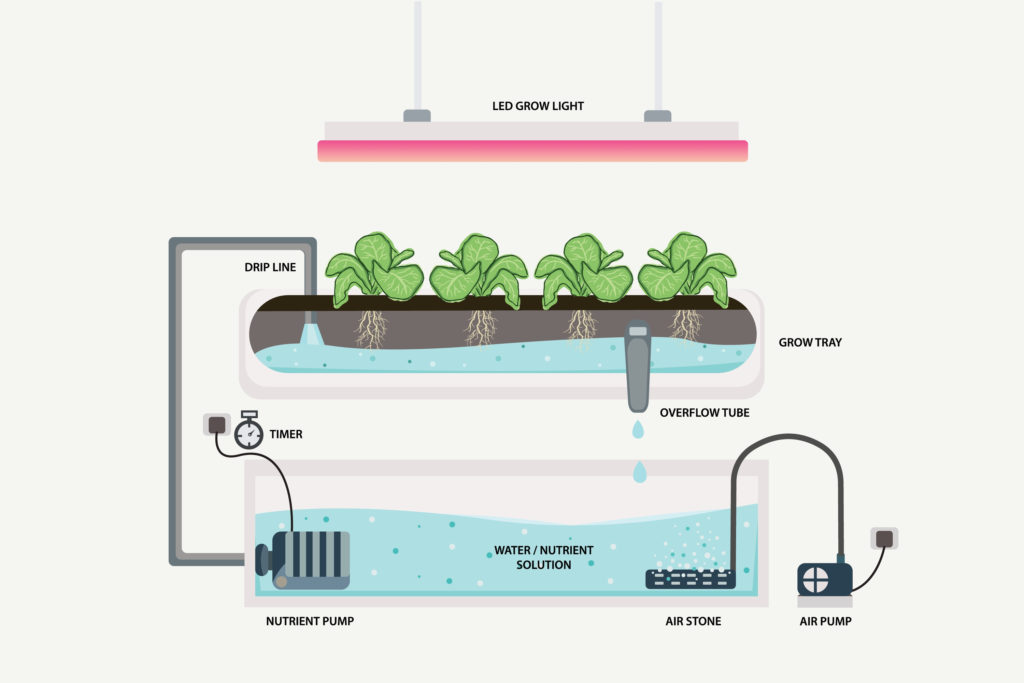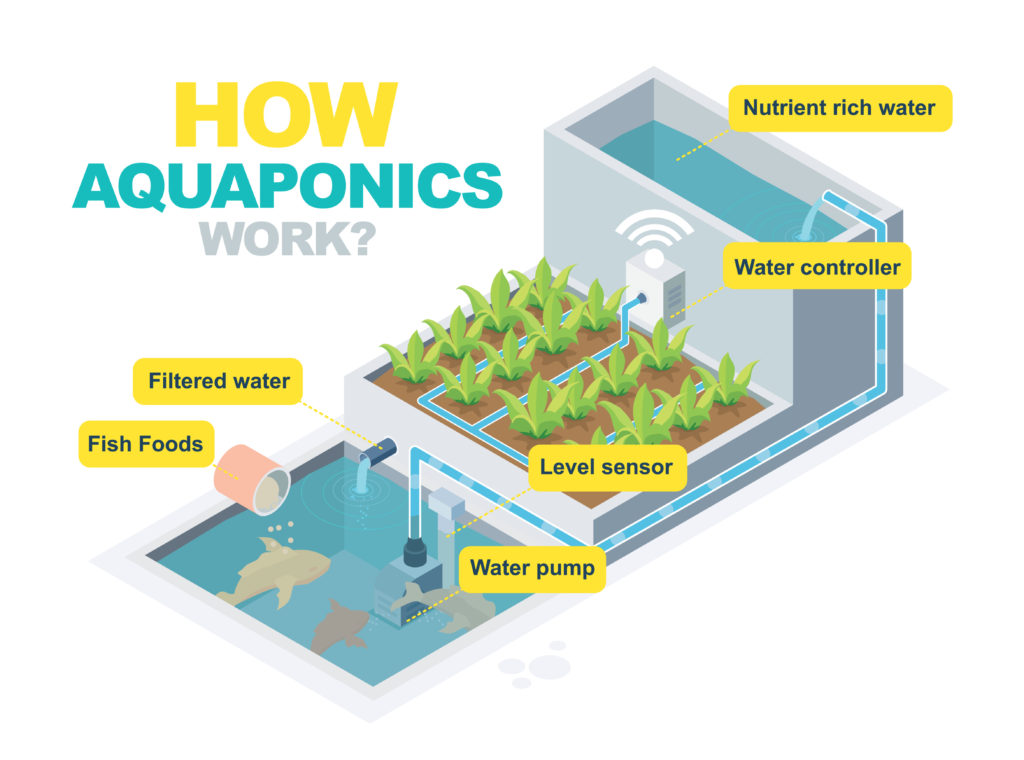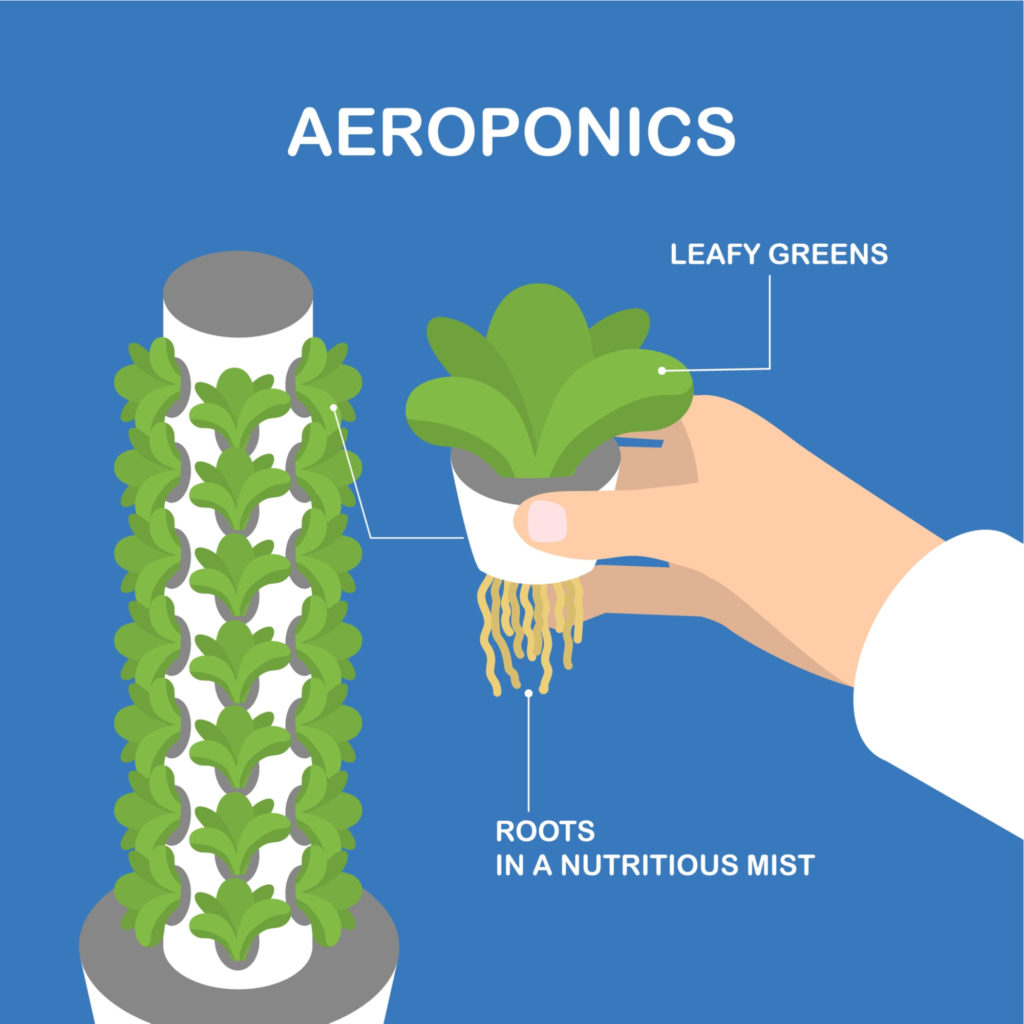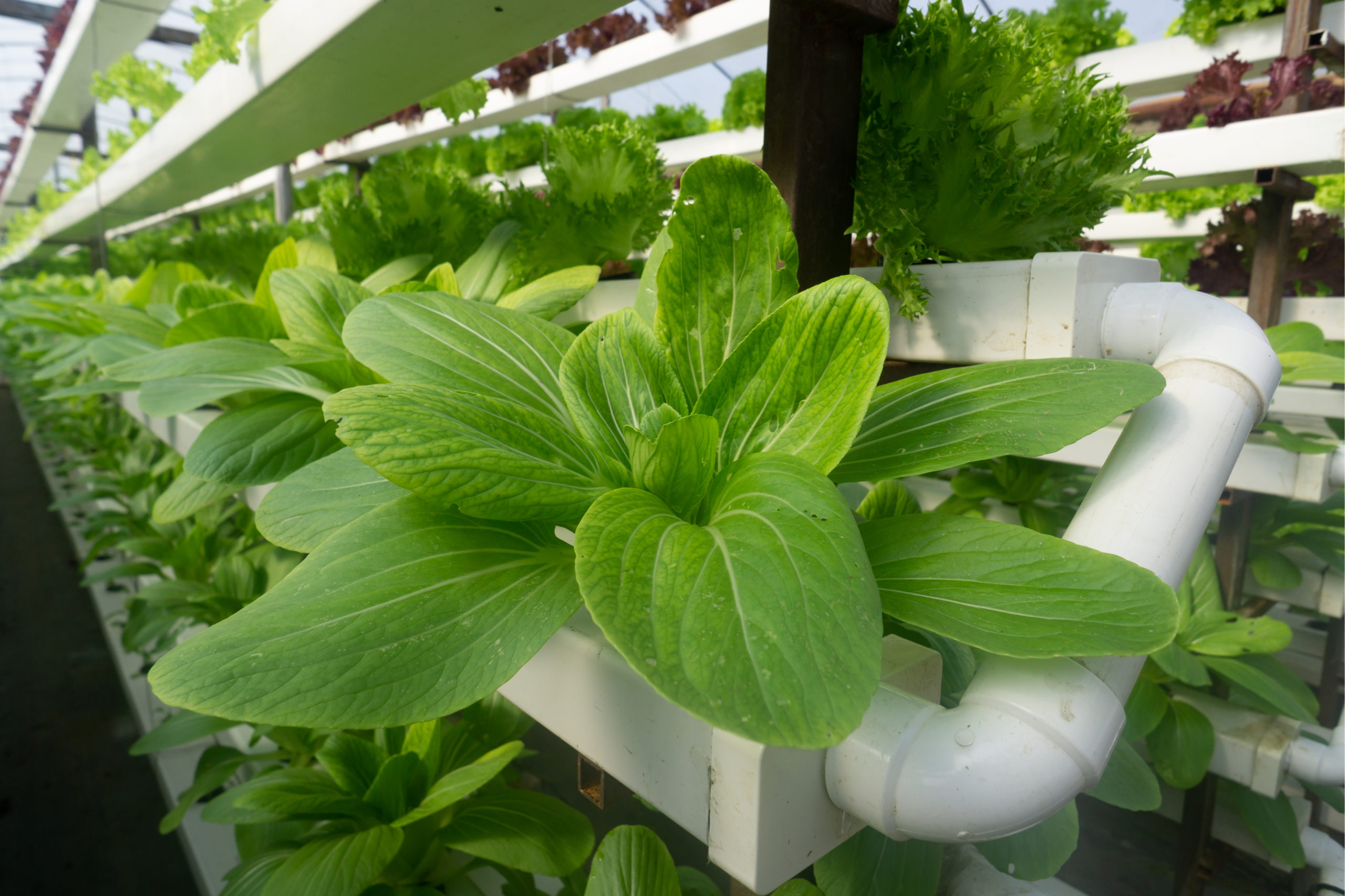Picture yourself grocery shopping.
You’re going about your business, doing your best to locate that oh-so-elusive snack that your significant other requested and then boom, out of nowhere, a big ole juicy tomato catches your eye.
You pick it up, give it a nice look-over and throw it in your cart. But just before you grab another one, you notice the sticky product label has miraculously come off and somehow attached itself to your finger.
You try to shake it off — not happening — so you use all of your might to peel it off with your other hand.
Suddenly curious what this pesky little label is all about, you put it to your face, squint your eyes, and give it a read.
“freshly grown in your neighborhood” it says.
You think to yourself – there’s no way that’s grown in my neighborhood. There’s no farm where I live. That’s impossible!
You roll your eyes, mumble a little something under your breath, and start pushing the cart again.
BUT, just as your about to leave the produce section, there’s your tomatoes again, huddled up under a big, green advertisement that says, “SUSTAINABLY GROWN TOMATOES — Made with love in IN YOUR neighborhood.”
And, much to your surprise, it really is your neighborhood in the picture!
OK, now you’re invested and want to figure out what this is all about — you walk up to the advertisement and grab a pamphlet.
You unfold it with amusement and there, in the top left corner, spanned out across the whole page, it says, “Welcome to the world of vertical farming!“
To find environmental and farming tools that are similar to this article, explore our collection of web mapping applications, where we’ve compiled hundreds of free, interactive data tools relating to sustainability, agriculture, and more.
What Is Vertical Farming?
Vertical farming is the process of growing plants vertically, in a confined space, to maximize output and efficiency.
Typically (or more like 99% of the time), it’s a soilless process, where plants are stacked on top of one another and grown in a controlled environment under natural, artificial, or semi-artificial conditions (think using UV lights instead of actual sunlight).
It’s not exactly orthodox (at least not yet) in the traditional farming sense and it’s definitely not what we’re used to, but it works, and it works well.
Take, for example, using a warehouse, shipping container, or building to vertically stack and grow plants.
Not only is it utilizing an otherwise unused space, but in this unused space you can pack and stack acres upon acres of crops into a single room.
For comparison, think of an apartment complex which has an almost infinite amount of space to build up, but very little space to build out. While an apartment complex can pack in a couple thousand people within a single block, an entire subdivision of houses may only have a few hundred people.
This is the same advantage that vertical farming has — more vertical space equals a smaller horizontal footprint and more crops.
Best Vertical Farming Systems
When it comes to vertical farming systems, there’s really only three worth mentioning: Hydroponics, Aquaponics, and Aeroponics.
1. Hydroponics
Hydroponics is the process of growing plants in water without the need for soil.
Typically, the plants sit in a grow medium, such as gravel, and are fed water that contains a nutrient-rich solution.
But to begin the process, a water-nutrient-rich solution must first be added to a water tank and oxygenated with an air pump.
That water is then pumped to the plants above it (or adjacent to it) and released.
Once released, the water flows into the grow medium and runs against the roots of the plants. The plants then consume the necessary nutrients needed to grow and the water returns to the tank (only after filling up and/or overtopping the overflow tube).
In a vertical system, this process is generally the same, except that the water is pumped to the top row of plants, and then gravity pulls the water to each subsequent row of plants.

2. Aquaponics
Aquaponics is a combination of aquaculture (fish farming) and hydroponics (growing plants without soil) — hence when you combine the two words together, you get “aquaponics.”
Unlike hydroponics, however, aquaponics is a completely self-sustaining system and mimics a natural ecosystem.
And while both can be used for vertical farming purposes, aquaponics is different in that it doesn’t require outside nutrients, additives, or fertilizer to grow food because it uses fish waste.
In an aquaponic system, fish are placed in a tank that’s connected to a grow bed. When the fish excrete waste, the nutrients from the waste are carried (usually pumped) up to the grow bed and deposited.
When the nutrient-rich fish water moves through the grow bed, it supplies the plants with nutrients, all while being filtered by the plants and growing medium.
Then, once the water has made it all the way through the plants, it’s gravitationally returned to the fish tank as filtered, clean, oxygenated water.

3. Aeroponics
Aeroponics is similar to hydroponics in that a water-nutrient-rich solution is pumped up to the plants and then allowed to trickle back down.
However, the big difference here is the way the plants are actually watered.
While a hydroponic system allows water to flow underneath the grow medium and directly hit the roots of the plants, an aeroponic system only “mists” the roots of the plants (and no grow medium is required).
The key advantage here is that “misting” the plant’s roots allows the plant to receive additional oxygen that would be otherwise unobtainable with the other systems.

Vertical Farming Advantages
When compared to traditional farming methods, vertical farming has several advantages. The main advantage being increased crop yield on a smaller plot of land and drastically reducing the amount of water used on a daily basis.
Additionally, as most vertical systems are set up indoors (especially commercially), they’re protected from outside elements such as bad weather and pests.
To summarize, here’s a quick list of advantages:
- Fresh produce only has to travel a few miles; traditional farming usually has to travel thousands.
- The process is usually soilless.
- Farmers can grow crops year-round instead of having to wait for a particular season.
- Produce can be grown in urban environments and in city-centers
- They require significantly less space and can be grown in almost any structure.
- Crop-destroying pests are nonexistent or very rare.
- Some systems (like aquaponics) don’t require fertilizer or added nutrients.
- They drastically reduce the amount of water needed/used when compared to traditional farming.
- Reduces the need for distribution chains, thus reducing carbon emission.
- Produce is higher in quality and nutrients.
- The produce has a much shorter growing time.
- Vertical farming systems don’t interfere with native plants because they are usually indoors.
Does One Stand Out as the Best?
Out of all the vertical farming systems outlined in this article, aquaponics stands out as the best.
Not only is it a natural means to grow fish and plants, but it’s a hands-off, environmentally safe process — the only one that’s truly self-sustaining.
And while there are some advantages that the other systems have — such as the startup costs, cleanliness, and a faster return on investment — aquaponics requires the least amount of maintenance once it’s up and running and it’s the most promising in the long run.
- It’s a natural, self-sufficient ecosystem.
- It requires a lot less water when compared to hydroponics and aeroponics.
- Because it’s a self-circulating system, water is recycled and is rarely changed.
- There’s no need to rely on outside nutrient products or fertilizer.
- There’s no toxic run-off.
- It allows you to harvest both plants and fish.
- There’s potential for two sources of income (plants and fish).
- Plants grow faster in an aquaponic system.
- It requires less day-to-day maintenance than the other systems once it’s set up.
Conclusion
All three vertical farming systems are superior to traditional farming and have a lot of promise, but from a purely environmental standpoint, aquaponics has the edge.
Because if you’re looking for a system that’s truly sustainable, requires no added fertilizer, and has almost zero environmental impact, then aquaponics is it.
So, next time you’re wandering through a grocery store and stumble upon a big sign advertising “sustainable tomatoes,” just remember to ask yourself some questions.
Was it harvested close to home? Was it a sustainable process? Was there a lot of water saved?
If your answer to any of these is a yes, then I’d make the extra effort to buy it.

